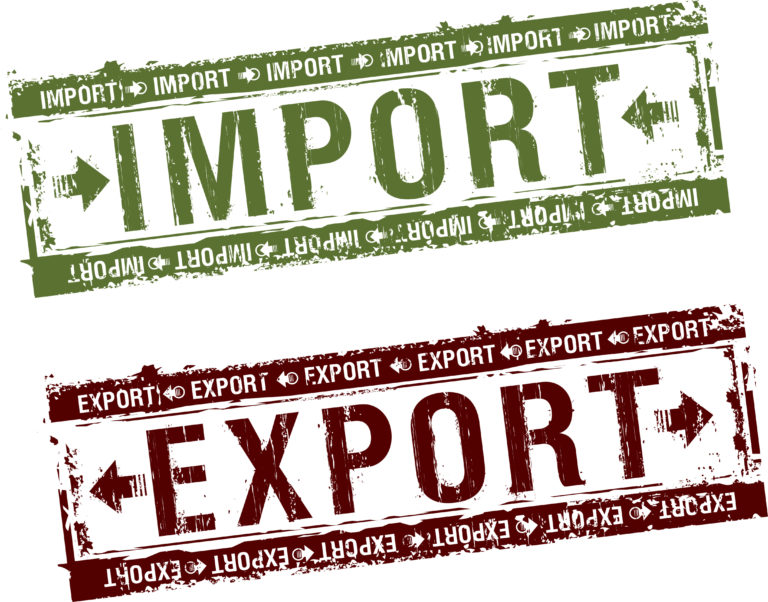
The primary purpose of exports and imports is to exchange products or services. More specifically, importing products is to bring them from a producing country to a buying country. On the other hand, exporting means the product goes from the producing country to the buyer country. These actions make a constant exchange of products as well as currencies.
However, you must understand these import and export actions bring other essential aspects. Here you will find helpful information to conduct imports and exports.
Imports and exports can bring other essential aspects, such as:
- Increased competition: When countries import goods and services from other countries, it creates competition for domestic businesses. This can lead to lower prices and better quality goods and services for consumers.
- Increased efficiency: Imports and exports can help countries to specialize in the production of goods and services that they are good at producing. This can lead to increased efficiency and productivity.
- Increased trade opportunities: Imports and exports can help countries to access new markets and find new customers for their goods and services. This can lead to increased economic growth and prosperity.
Which Documents are Required to do International Shipping- Exporting & Importing
Doing export and import may sound like a glamorous activity, but the truth is that it is more about legality and logistics than anything else. The part where you go to a new country searching for innovations or great products sounds excellent, even though it can be a total fraud if you are unaware of what you are doing. However, when it comes to regulations, you need to have certain documents handy to ship your merchandise. The lack of these documents may turn your adventure into a nightmare.
This information has not been altered or manipulated from its source, trade.gov. It has the same content and statements due to the legal load about imports and exports. We always suggest requesting the help of a professional custom agent or export/import licensed broker.
Which are the Special Documents Used in Exporting
Documents not falling under the category of “commonly used” (e.g., commercial invoice, bill of lading, packing list) are covered here. The country of import may require specific documents for a variety of reasons. For example, certain products may require certificates to show cleanliness, compliance with standards, safety, and health. Other products may require pre-shipment inspections before departing the export country or be qualified for a free trade agreements tariff rate. Asking the foreign buyer at the beginning of the transaction which documents will be needed for goods to clear customs in the importing country is a best practice.
The information has not been altered or manipulated from its source, trade.gov. It has the same content and statements due to the legal load about imports and exports. We always suggest requesting the help of a professional custom agent or export/import licensed broker.
Pre-Shipment Inspections, Insurance and Weight
The information has not been altered or manipulated from its source; trade.gov. It has the same content and statements due to the legal load about imports and exports. We always suggest requesting the help of a professional custom agent or export/import licensed broker.
- Pre-Shipment Inspections – are undertaken by governments in several countries, which have contracted with international inspection companies to verify the quantity, quality, and price of shipments imported into their countries. They want to ensure that the fee charged by the exporter reflects the actual value of the goods, prevent substandard goods from entering the country, and deflect attempts to avoid payment of customs duties. Requirements for pre-shipment inspection are typically spelled out in letter-of-credit or other documentary requirements. Inspection companies include Bureau Veritas, SGS, and Intertek. Although the importer is generally responsible for pre-shipment inspection, the exporter must make the goods available for inspection in the country of origin. Requirements for pre-shipment inspections are sometimes spelled out in letters of credit or other documents.
- Insurance Certificate – assures the consignee that insurance will cover loss and/or damage to the cargo during transit. These can be obtained from your freight forwarder or insurance carrier. Note: an airway bill can serve as an insurance certificate for a shipment by air. Some countries may require certification or notification. Also, If presenting documents under a letter of credit, you can present an insurance policy instead of an insurance certificate. But you cannot present an insurance certificate instead of an insurance policy under a letter of credit.
- Weight Certificate is issued by U.S. Customs and certifies the gross weight of the exported goods.
- Other (Product-Specific) Certificates – apply to shaving brushes, and articles made of raw hair must be accompanied by a recognized official certificate showing the consignment to be free from anthrax germs. Used clothing requires a disinfection certificate. Grain requires a fumigation certificate, and grain and seeds require a weight certificate. In addition, many Middle Eastern countries require special certificates for imports of animal fodder additives, livestock, pets, and horses.
Other Export-Related Documents
- Consular Invoices – are required in some countries. A consular invoice describes the shipment of goods and shows information such as the consignor, consignee, and shipment value. If required, copies are available from the destination country’s embassy or consulate in the United States. The cost for this documentation can be high and should be discussed with the buyer.
- Canada Customs Invoice – is not required by regulation, but this customs invoice is a preferred document by Canadian Customs and customs brokers. It is issued for dutiable and taxable exports exceeding 2,500 Canadian dollars. Commercial invoices or other documents validating information provided on the invoices can be used to support the declared value of commercial goods entering Canada if 1) the value for duty does not exceed CAD$2,500; 2) the value of Canadian goods being returned has been increased, but does not exceed CAD$2,500; and 3) the goods qualify for unconditional duty-free entry (not including cases where entry is contingent on end-use), regardless of the selling price. Details and the form can be found here.
- Dock and Warehouse Receipts – are used to transfer accountability when the domestic carrier moves the export item to the port of embarkation and is delivered to the shipping line for export.
- Import Licenses – are the importer’s responsibility and can vary depending on the destination and product. However, including a copy of an import license with the rest of your documentation may, in some cases, help avoid problems with customs in the destination country.
- Shipper’s Letter of Instruction – is issued by the exporter to the freight forwarder and includes shipping instructions for air or ocean shipment.
Basic Importing and Exporting
Check the requirements of federal agencies
Learn How To Export
Free Trade Agreements (FTA)
How to Find Buyers and Partners
Product Preparation and Shipping Considerations
Temporary Shipment Documents
ATA Carnet/Temporary Shipment Certificate – otherwise known as a “merchandise passport,” an ATA Carnet is a document that facilitates the temporary importation of products into foreign countries. It eliminates tariffs and value-added taxes (VAT) or the posting of a security deposit normally required at the time of importation.
What are the benefits and advantages of ATA Carnet?
ATA Carnet is great for exhibitors, salespersons, performers, competitors, TV teams, specialists, and business travelers. The benefits are as such:
1. Reduces export cost: it eliminates the VAT (value-added taxes), and duties and Eliminates duties and VAT (value-added tax).
2. Help with customs processes:
-
-
-
- Use of one single document for all customs transactions
- You can plan entry to many countries.
-
- You can predetermine the costs of entries.
-
3. Simplify the reentry into the U.S. by eliminating the need to register the goods with U.S. Customs at departure.
4. Eliminate the need to file an Electronic Export Information form (former Shipper’s Export Declaration) except for those exports that require an export license.
5. Eliminate the need for Temporary Importation Under Bond (TIB).
It covers a wide range of items:
-
-
-
- Items used on trades, fairs, shows, or exhibitions
- Equipment used by professionals (like tv reporters)
- Commercial samples
-
- Personal property and goods for sporting purposes
-
Things you should know about ATA Carnets:
-
-
-
- Customs authorities accept ATA Carnets on the range of applications that they approve.
- The goods cannot be changed or altered while situated in the country of temporary importation.
- ATA Carnets do not cover perishable or consumable items, goods for processing or repair, or particular means of transportation defined under Annex C of the Istanbul Convention.
-
- ATA Carnets are accepted in approximately 80 countries/customs territories.
-
- Customs Certificate of Registration – may be used (often in conjunction with a temporary import bond or ATA Carnet for goods leaving the United States temporarily for alteration, repair, replacement, and processing). Form 4455
- Transporting Goods by Truck to Canada – an application to transact bonded carrier and forwarding operation, Form E370, is required to bring goods over the border to Canada when not already cleared through Customs at the border.
Export Certification FAQs
Country Commercial Guide
Multiple information provided, one on the image another on the button!
America
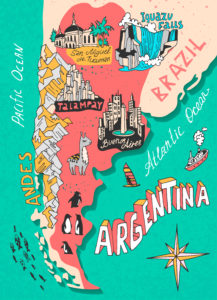
Argentina Country Commercial Guide
Doing Business with Argentina
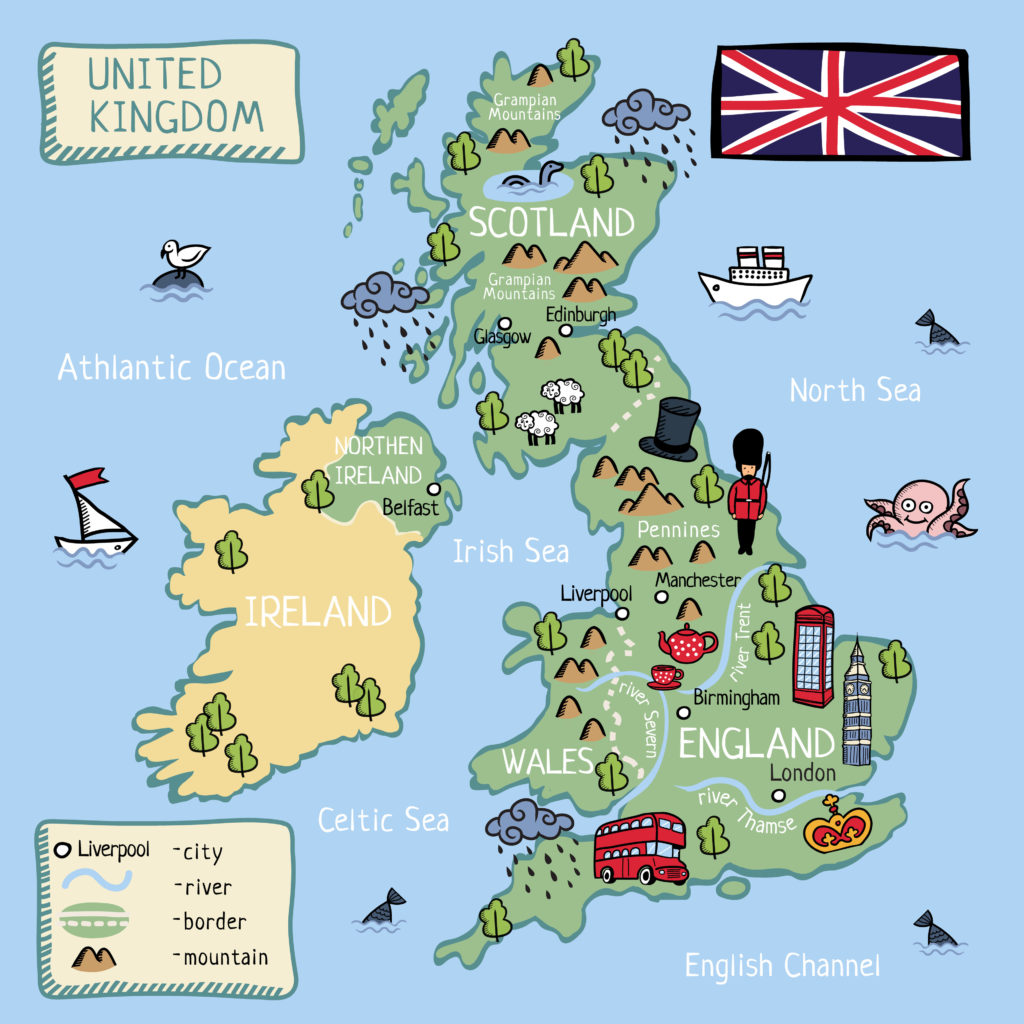
Brazil Country Commercial Guide
Doing Business with Brazil
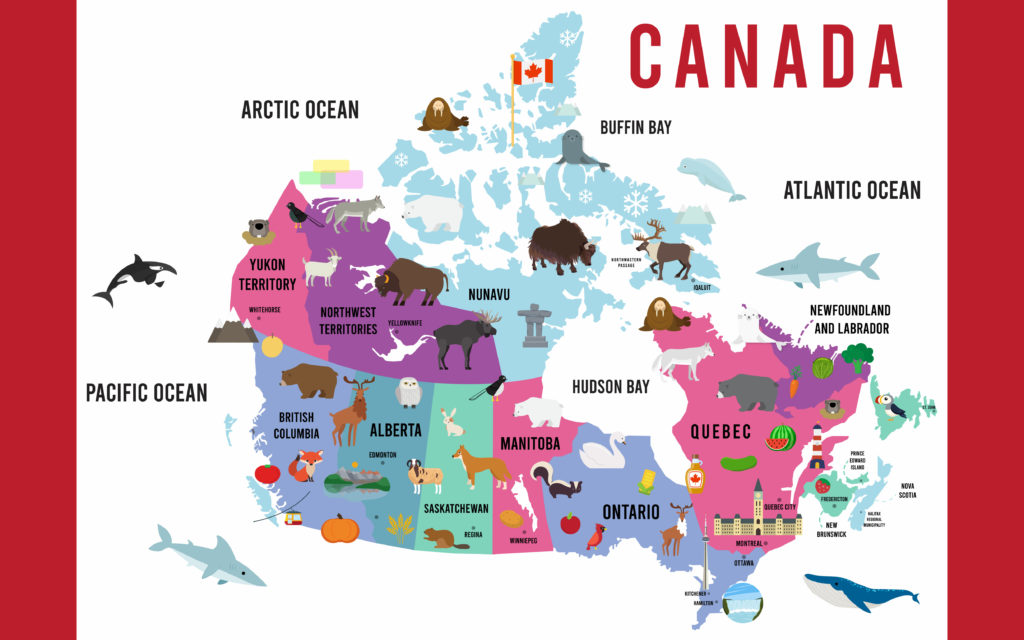
Canada Country Commercial Guide
Doing Business with Canada/ Government Info

Colombia Country Commercial Guide
Doing Business with Colombia

Mexico Country Commercial Guide
Doing Business with Mexico
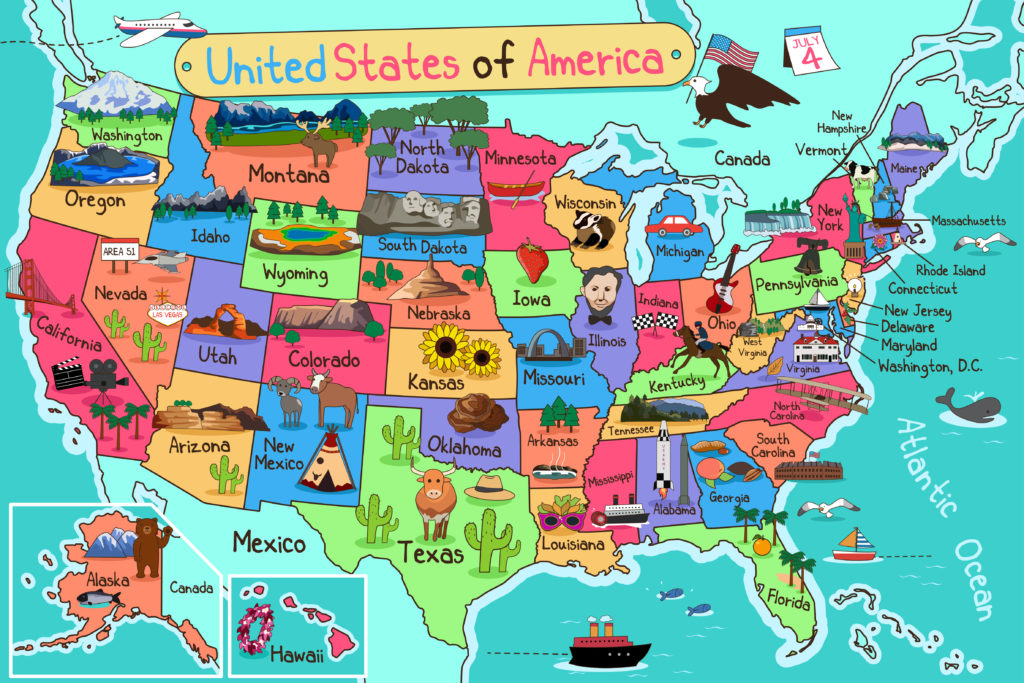
USA Commercial Guide
Doing Business with USA
Asia
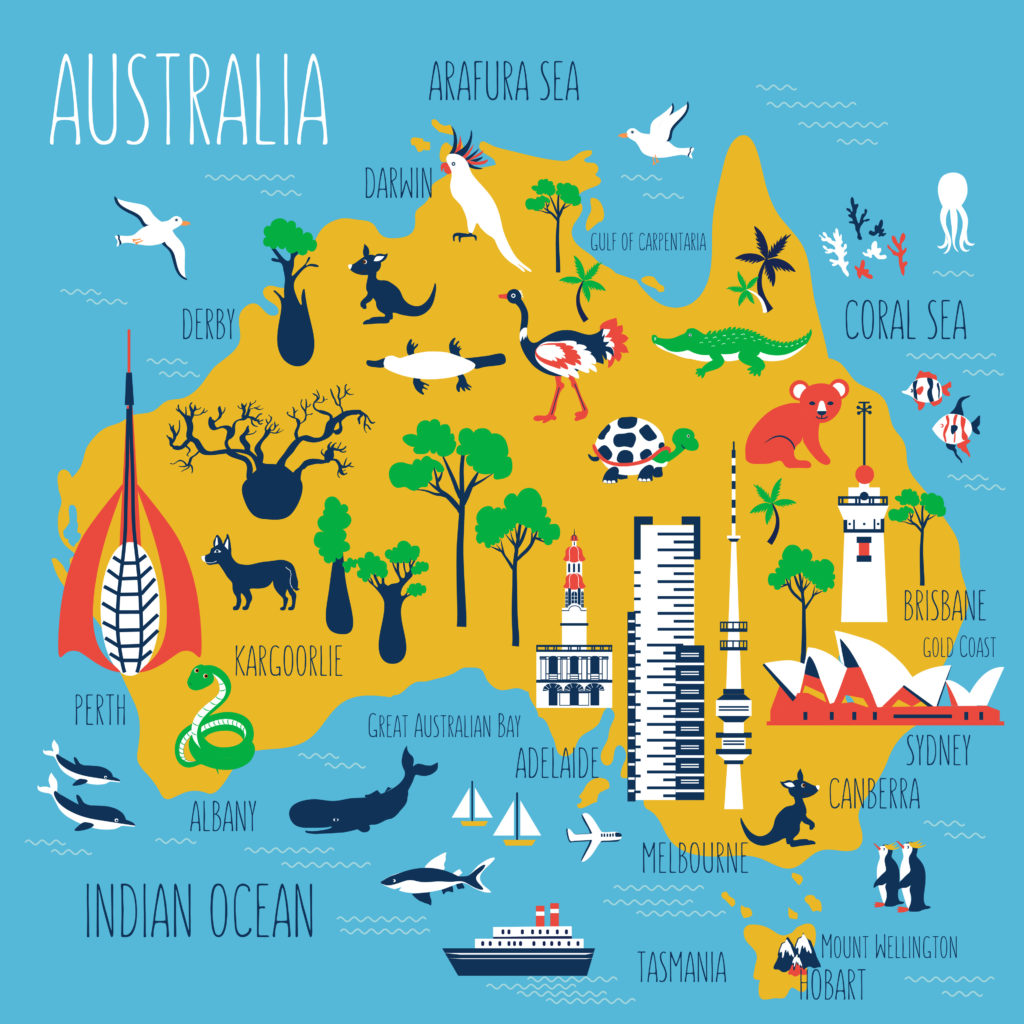
Australia Country Commercial Guide
Doing Business with Australia

China Country Commercial Guide
Doing Business with China

India Country Commercial Guide
Doing Business with India
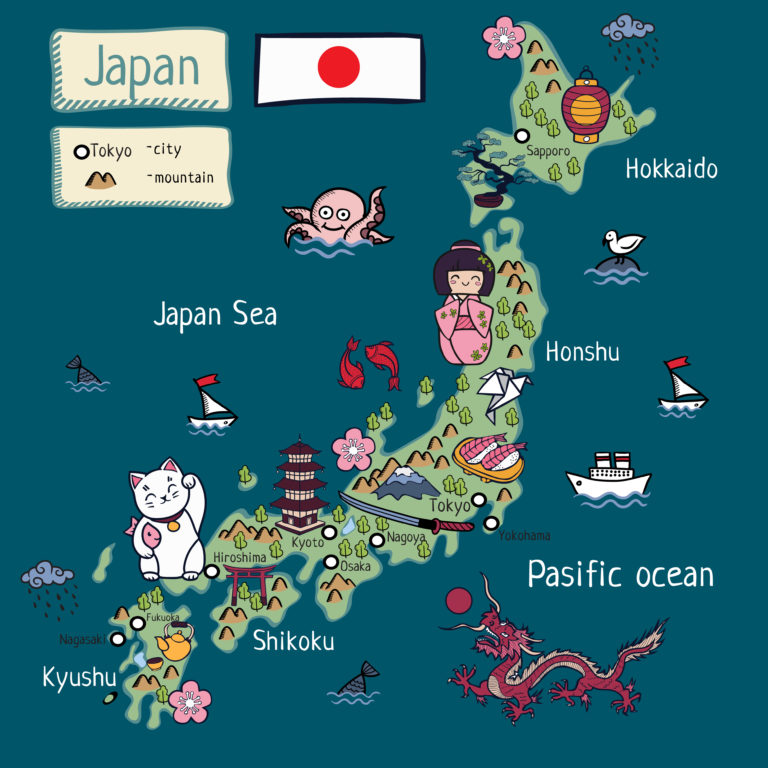
Japan Country Commercial Guide
Doing Business in Japan

South Korea Country Commercial Guide
Doing Business in South Korea

Singapore Country Commercial Guide
Doing Business in Singapore
Europe
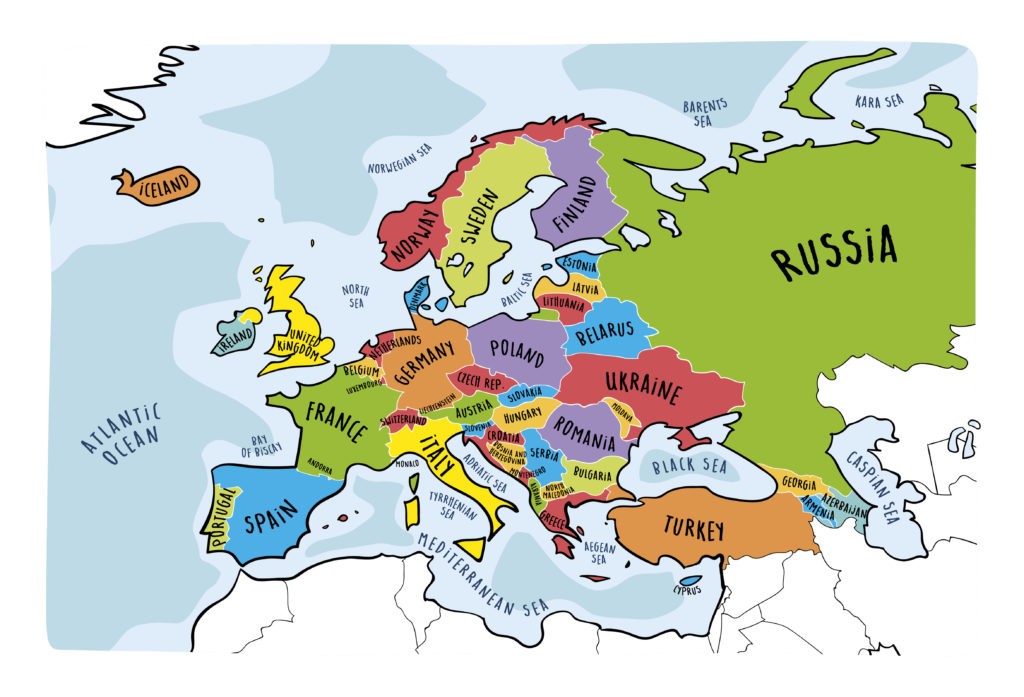
EU Country Commercial Guide
Doing Business with EU

United Kingdom Country Commercial Guide
Doing Business with UK
Middle East & Africa

Qatar Country Commercial Guide
Doing Business with Qatar

United Arab Emirates Country Commercial Guide
Doing Business with UAE
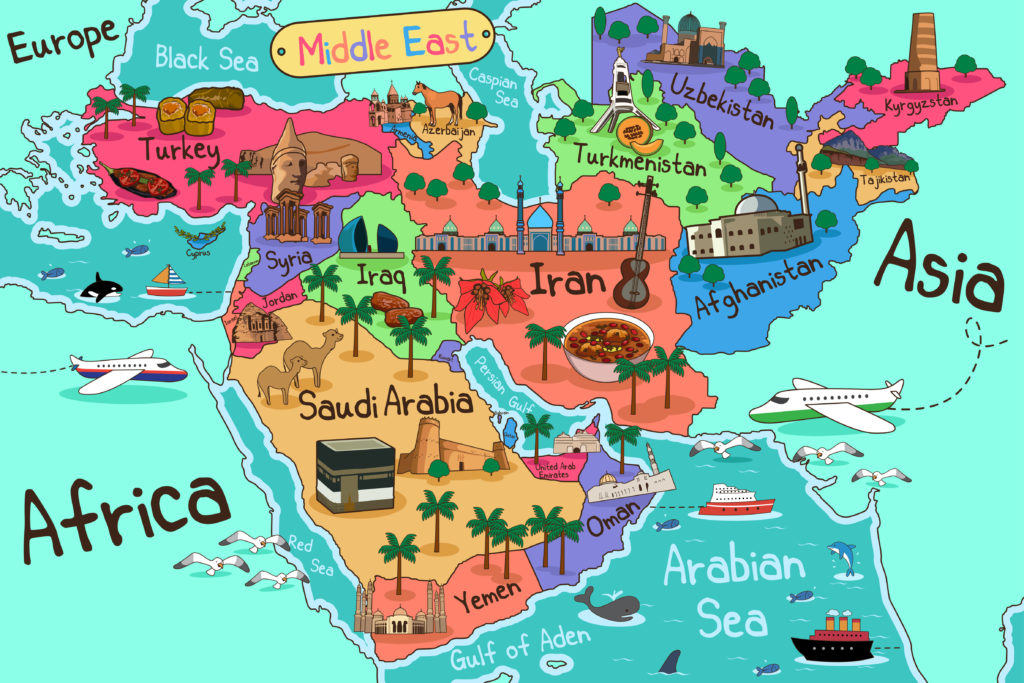
Saudi Arabia Country Commercial Guide
Doing Business with Saudi Arabia
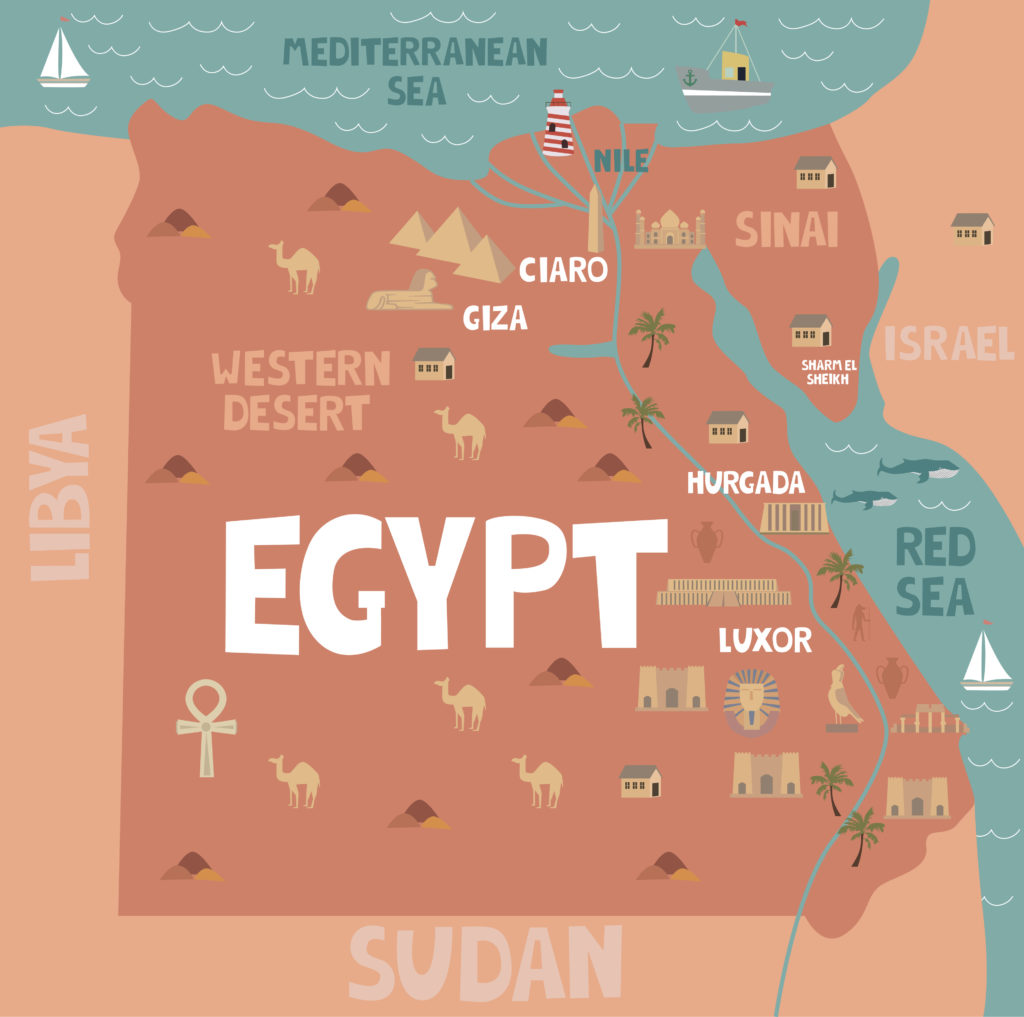
Egypt Country Commercial Guide
Doing Business with Egypt

Morocco Country Commercial Guide
Doing Business with Morocco

South Africa Country Commercial Guide
Doing Business with South Africa
Entry Documents
Within 15 calendar days of the date that a shipment arrives at a U.S. port of entry, entry documents must be filed at a location specified by the port director. These documents are:
- Entry Manifest (CBP Form 7533) or Application and Special Permit for Immediate Delivery (CBP Form 3461) or another form of merchandise release required by the port director
- Evidence of right to make entry
- Commercial invoice or a pro forma invoice when the commercial invoice cannot be produced
- Packing lists, if appropriate.
- Other documents necessary to determine merchandise admissibility
Suppose the goods are to be released from CBP custody at the time of entry. In that case, an entry summary for consumption must be filed, and estimated duties deposited at the port of entry within 10 working days of the goods’ entry.
Surety
The entry must be accompanied by evidence that a bond has been posted with CBP to cover any potential duties, taxes, and charges that may accrue. Bonds may be secured through a resident U.S. surety company but may be posted in the form of United States currency or certain United States government obligations. If a customs broker is employed to make entry, the broker may permit the use of his bond to provide the required coverage.
Entry Summary Documentation
Following the presentation of the entry, the shipment may be examined, or the examination may be waived. The shipment is then released if no legal or regulatory violations have occurred. Entry summary documentation is filed, and estimated duties are deposited within 10 working days of the entry of the merchandise at a designated customhouse. Entry summary documentation consists of the following:
- Return of the entry package to the importer, broker, or his authorized agent after merchandise is permitted release.
- Entry summary (CBP Form 7501 | instructions to Form 7501)
- Other invoices and documents are necessary to assess duties, collect statistics, or determine that all import requirements have been satisfied
Immediate Delivery
An alternate procedure that provides for the immediate release of a shipment may be used in some cases by applying for a special permit for quick delivery on CBP Form 3461 prior to the arrival of the merchandise. In addition, carriers participating in the Automated Manifest System can receive conditional release authorizations after leaving the foreign country and up to five days before landing in the United States.
If the application is approved, the shipment will be released faster after it arrives. An entry summary must then be filed in proper form, either on paper or electronically, and estimated duties must be deposited within 10 working days of release. Immediate-delivery release using Form 3461 is limited to specific types of merchandise.
Information obtained from U.S. Customs and Border Protection
Foreign-Trade Zones Resources
The Advantages of Using a Foreign-Trade Zone
-
- CBP (Customs and Border Protection of the U.S.) duty and federal excise tax, if applicable, are paid when the merchandise is transferred from the zone for consumption.
- While in the zone, the merchandise is not subject to U.S. duty or excise tax. Some tangible personal property is generally exempt from state and local ad valorem taxes.
- Goods may be exported from the zone free of duty and excise tax.
- CBP security requirements protect against theft.
- Merchandise may remain in an area indefinitely; whether or not subject to duty, charges may apply.
- The rate of duty and tax on the merchandise admitted to a zone may change due to operations conducted within the zone. Therefore, the zone user who plans to enter the merchandise for consumption in CBP territory may generally elect to pay either the duty rate applicable on the foreign material placed in the zone or the duty rate applicable to the finished article transferred from the zone whichever is to his advantage.
- Merchandise imported under bond may be admitted to an FTZ for the purpose of satisfying a legal requirement of exporting the merchandise. For instance, merchandise may be admitted into a zone to satisfy any exportation requirement of the Tariff Act of 1930 or an exportation requirement of any other Federal law (and many state laws) insofar as the agency charged with its enforcement deems it so.

